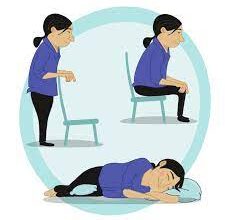In the fight against the new JN.1 variant, are public health measures a threat?
The significance of comprehending the effect of JN.1 variation on India’s public health environment cannot be overemphasized, with 2997 active COVID cases and counting. The high transmissibility and moderate symptoms of this novel strain of COVID-19, which is a descendent of the Pirola strain, are comparable to those of earlier omicron strains. The general public should be aware of certain symptoms, however, since they may not be as minor as those associated with other omicron variations. temperature, runny nose, sore throat, headache, exhaustion, upset stomach, loose movements, and in more severe instances, breathing problems, chest discomfort, a severe cough, a high temperature, excessive tiredness, etc. should be experienced.

The concern on everyone’s mind right now is whether the new COVID version is more harmful than the ones that came before it. To that, the short answer is that, at least not just yet. Preliminary data suggest that JN.1 may not be more dangerous than previous COVID strains. Although research is still in progress, the symptoms usually go away in 4-5 days.
What steps can we take to safeguard ourselves from this infection? People are beginning to congregate as the holidays get near, and when they do, they spend more time inside. These microorganisms, which are particularly effective at spreading via the air between individuals, take advantage of low ventilation, leading to an increase in COVID cases.
It is crucial to follow all recommended measures to stop the virus from spreading, including regular hand washing, immunization, mask use, avoiding crowds, and isolating oneself if any of the symptoms listed above are present.
It’s crucial to speak with your doctor and begin treatment as soon as possible if your test results indicate that you have the Covid virus.
Elderly and fragile people should be especially cautious since they may be more susceptible to serious illnesses. You can fight this virus by being educated, getting medical attention when you need it, and being tested and treated on time.







